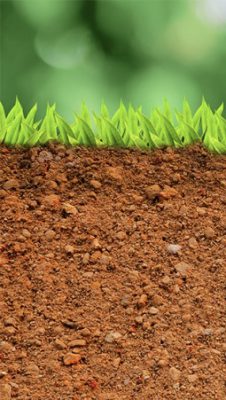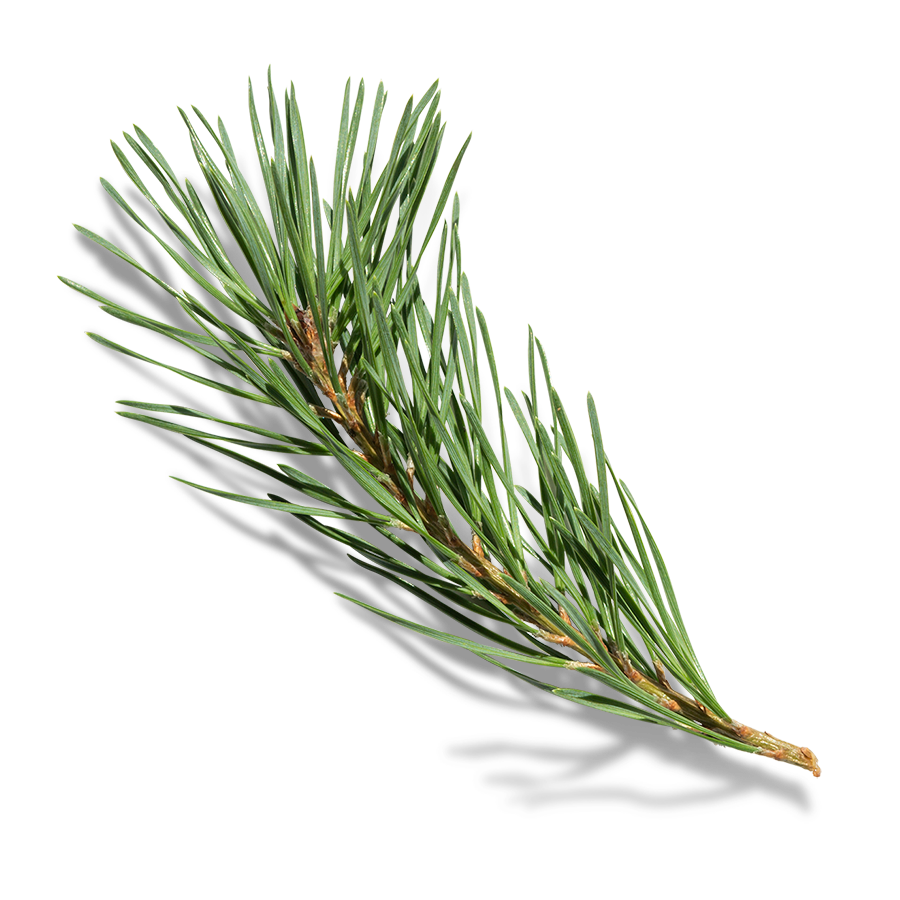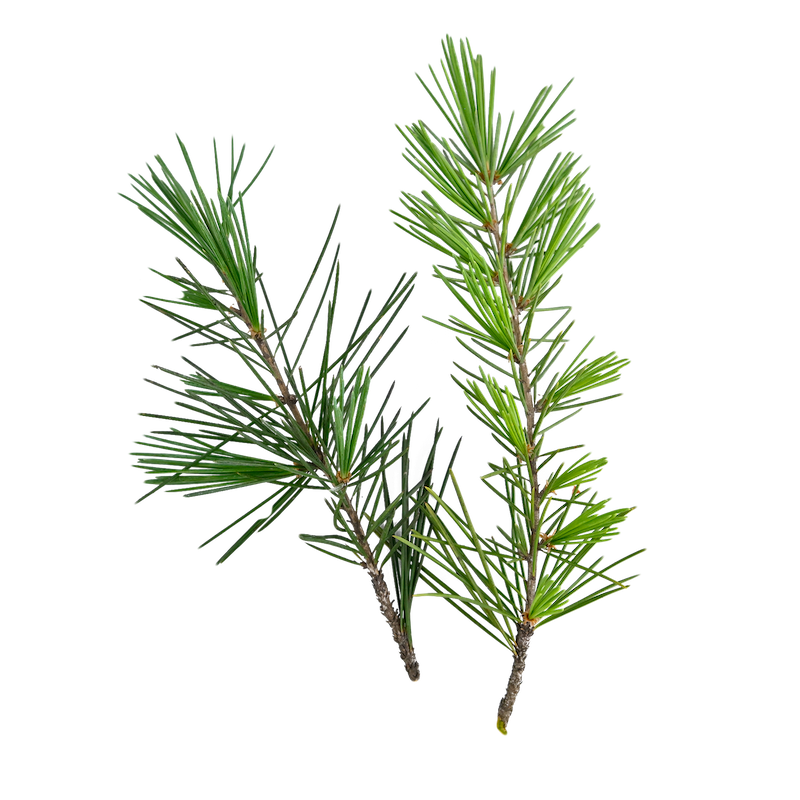
Knowledge of the chemical composition, pH and texture of a soil through an analysis is essential to be able to make the best decision on:
Depending on the topography of the plot and the soil analysis, we will recommend the tasks to be carried out prior to planting, and if it is advisable to make any amendments
In the establishment of a plantation to produce pine nuts, we must consider various aspects, and the choice of each of them will depend on the objectives set and various practical criteria such as the suitability of the plot and management capacity. Once the pertinent evaluations have been carried out, we draw up a viable project with technical and financial criteria. In the design of a plantation we consider the density of plants, the orientation of the lines and the best irrigation system. Density is a key factor in plantations destined for the production of pineapples, for this reason we consider everything from the cost of establishment to the management that determines different densities, and in this way optimize the productivity of the stand in the different stages of its development, since stone pine supports high densities well when young, but later requires more space.

Taking into account the characteristics of the land, our technicians will determine the most optimal planting system for the best development of our plants. It is important, after planting, to go through the plot to check that the pines have not been buried too much with the stabilization of the land. We do not recommend planting: With temperatures below 0 °C With the frozen ground in the presence of saw
Pruning is a management technique that is recommended to be used from the establishment, in principle oriented to the formation of the productive tree and then to maximize and maintain fruiting over time. There are different types of pruning, among which are:
Training pruning at an early age is used to improve the architecture of the plant, conditioning it to fruit production.
Production pruning reduces the leaf surface to the benefit of more illuminated branches, which are the ones that produce the greatest number of female flowers. The objective of this pruning is to increase production, favoring globose crowns and facilitating harvesting. To select the pruning technique and periods, consult our team, who will advise you on the best solution depending on the objectives set.
Thinning is carried out to improve management and production, and there is no rigid rule for its realization, but rather each stand is analyzed to optimize the profitability of the plantation. Thinning allows the most interesting pines to be selected, reduces competition for water, provides a greater entry of light, and consequently a greater production of cones, greater biological activity of the soil, etc. It must be done before the tops of the trees touch or compete for light, and in this way obtain more productive specimens, shorter in height and with a larger diameter and resistance to the wind. Fruit thinning partially or totally eliminates fruit in new grafted pine plantations, and is often necessary to prevent new trees from snapping. We recommend it mainly during the first 2 years of fruiting, since the trees do not have the necessary structure to support the development of 3-year cones.

The impact of harmful agents for the Stone Pine can be said to have the characteristics of a “smokeless fire”, since it causes large losses that are sometimes only observed at the time of harvest. That is why health protection and knowledge about harmful agents such as diseases and pests is of great importance as a measure to face the negative effects of said agents on plantations.
A disease is the alteration caused by fungi, bacteria or viruses that cause damage and disturbances in the metabolism of plants, and are generally difficult to determine and control. Among the diseases that affect the species are:
A pest is a population of phytophagous animals that decrease crop production, reduce the value of the harvest and increase its production costs. The most common pests of stone pine are:
As well as the two pineapple punches:
Next, we show the most significant insects, classified according to the area of the tree they attack:
About the foliage:
About the shaft:
About the Sprouts:
About the Fruits:
It is important to emphasize that the costs of collecting or harvesting the pineapple are the ones with the greatest impact on the price of the final product, which is why we advocate management that allows mechanized harvesting. This collection causes a vibratory movement on the tree, promoting the detachment of the pineapples, and among its advantages we have that:
However, if it is not used properly, limiting the power of the machinery and the vibration times, its application can have a negative effect on the vigor of the pines. Mechanized harvesting is becoming more and more common, essentially due to the need to replace manual harvesting, which is high risk for the worker, as well as the difficulty of finding experienced harvesters and its high cost. In addition, no differences in performance have been found between manual and mechanized harvesting in terms of pine nut production, wood growth and plant stability.